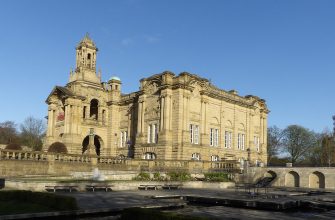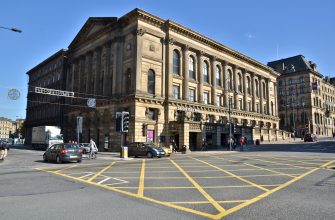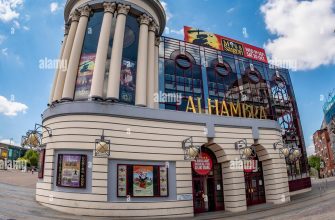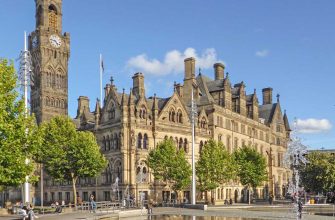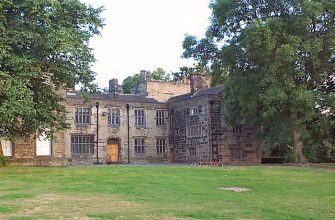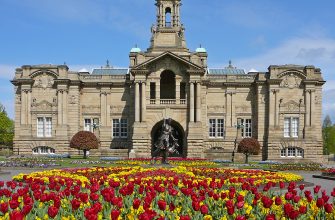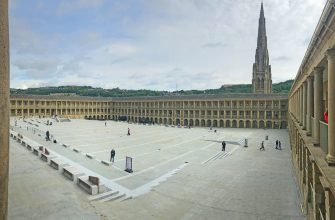Nestled in the heart of the Lake District in Cumbria, England, the Hardknott Roman Fort is a testament to the far-reaching influence of the Roman Empire. This ancient historical site, one of the most remote Roman ruins in the country, offers a fascinating glimpse into the past. With its strategic location, the fort was once a crucial part of the Roman military network in Britain. Today, it stands as one of the most intriguing Cumbria attractions, drawing history enthusiasts and tourists from around the world.
History of Hardknott Roman Fort
The Hardknott Roman Fort, known to the Romans as Mediobogdum, was built between AD 120 and 138 during the reign of Emperor Hadrian, who is also known for the construction of Hadrian’s Wall. The fort was strategically located to control the Eskdale Valley and the western coastal road. It was occupied by the Roman military until the early 3rd century AD, after which it was abandoned and fell into ruin.
What to See
Today, the Hardknott Roman Fort offers a unique opportunity to explore ancient history. The site features the remains of the fort’s walls, barracks, commandant’s house, and bathhouse. The fort’s layout is still clearly visible, and visitors can walk around the ruins, imagining what life was like for the Roman soldiers stationed here nearly 2,000 years ago.
- The Commandant’s House: This was the most important building in the fort, where the commanding officer lived. Its ruins include a hypocaust system, an early form of underfloor heating.
- The Barracks: The remains of the soldiers’ living quarters can still be seen. Each barrack block would have housed a century, a unit of 80 men.
- The Bathhouse: The ruins of the bathhouse are among the best-preserved parts of the fort. The Romans considered bathing an important part of daily life, and the bathhouse would have been a social hub for the soldiers.
Visiting Hardknott Roman Fort
Visiting the Hardknott Roman Fort is a must for anyone interested in the Roman Empire, ancient history, or archeological sites. The fort is open to the public and free to visit. There are no guided tours, but information boards around the site provide historical context and explanations of the ruins.
Tips for Tourists
Here are some practical tips for tourists planning to visit this UK landmark:
- The fort is located on a steep hill, so sturdy footwear is recommended.
- There are no facilities at the site, so bring water and snacks if needed.
- The weather can change quickly in the Lake District, so dress in layers and bring a waterproof jacket.
- Respect the site and leave no trace. Remember, this is an important historical site and should be treated with care.
In conclusion, the Hardknott Roman Fort is a fascinating window into the past. Its remote location and well-preserved ruins make it a unique and worthwhile addition to any itinerary in Cumbria. Whether you’re a history buff, an archeology enthusiast, or simply a curious traveler, this ancient site offers a unique and enriching experience.

